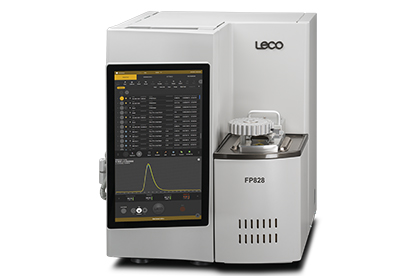 As global industrialization has increased, so too has global waste. Over 2.6 trillion pounds of waste are generated worldwide each year. Energy demands continue to grow year over year, and the Earth’s population is looking toward greener solutions. Those 2.6 trillion pounds of trash may be waste now, but some of it may be suitable as biomass.
As global industrialization has increased, so too has global waste. Over 2.6 trillion pounds of waste are generated worldwide each year. Energy demands continue to grow year over year, and the Earth’s population is looking toward greener solutions. Those 2.6 trillion pounds of trash may be waste now, but some of it may be suitable as biomass.
Fossil fuels such as petroleum, coal, and natural gas, are created from decomposing organic matter and millions of years. Biofuel, created from biomass, is a way to capture that energy potential without needing to wait the millions of years. The source biomass can start as any number of organic compounds from rotting food to wood shavings to animal dung. This biomass might be burned directly to generate heat that can convert water to steam to turn turbines for electricity generation, or they may be converted into gases and usable fuels such as ethanol like that added to gasoline in the United States.
 The gases created from biomass can burn cleaner than fossil fuels, adding to its value as a sustainable, renewable fuel source. However, biofuels have not seen widespread implementation into energy infrastructure yet. A large part of this stems from the inefficiencies and expenses associated with this energy sector. As the technology expands and matures, the cost of biomass is expected to drop and interest in this field is forecasted to rise.
The gases created from biomass can burn cleaner than fossil fuels, adding to its value as a sustainable, renewable fuel source. However, biofuels have not seen widespread implementation into energy infrastructure yet. A large part of this stems from the inefficiencies and expenses associated with this energy sector. As the technology expands and matures, the cost of biomass is expected to drop and interest in this field is forecasted to rise.
 Finding efficiencies in biomass requires you to start with an efficient instrument. An elemental determinator, like LECO’s CHN828, is capable of simultaneously analyzing the carbon, hydrogen, and nitrogen quantities in a given sample in mere minutes. By knowing the content of these elements, it is possible to determine the material/energy balances, thus determining the efficiency of the biomass as fuel and the quality, and therefore value, of it as a resource. Fill out the form below to read an application note showing how the CHN828 is capable of these measurements using various types of carrier gas.
Finding efficiencies in biomass requires you to start with an efficient instrument. An elemental determinator, like LECO’s CHN828, is capable of simultaneously analyzing the carbon, hydrogen, and nitrogen quantities in a given sample in mere minutes. By knowing the content of these elements, it is possible to determine the material/energy balances, thus determining the efficiency of the biomass as fuel and the quality, and therefore value, of it as a resource. Fill out the form below to read an application note showing how the CHN828 is capable of these measurements using various types of carrier gas.




